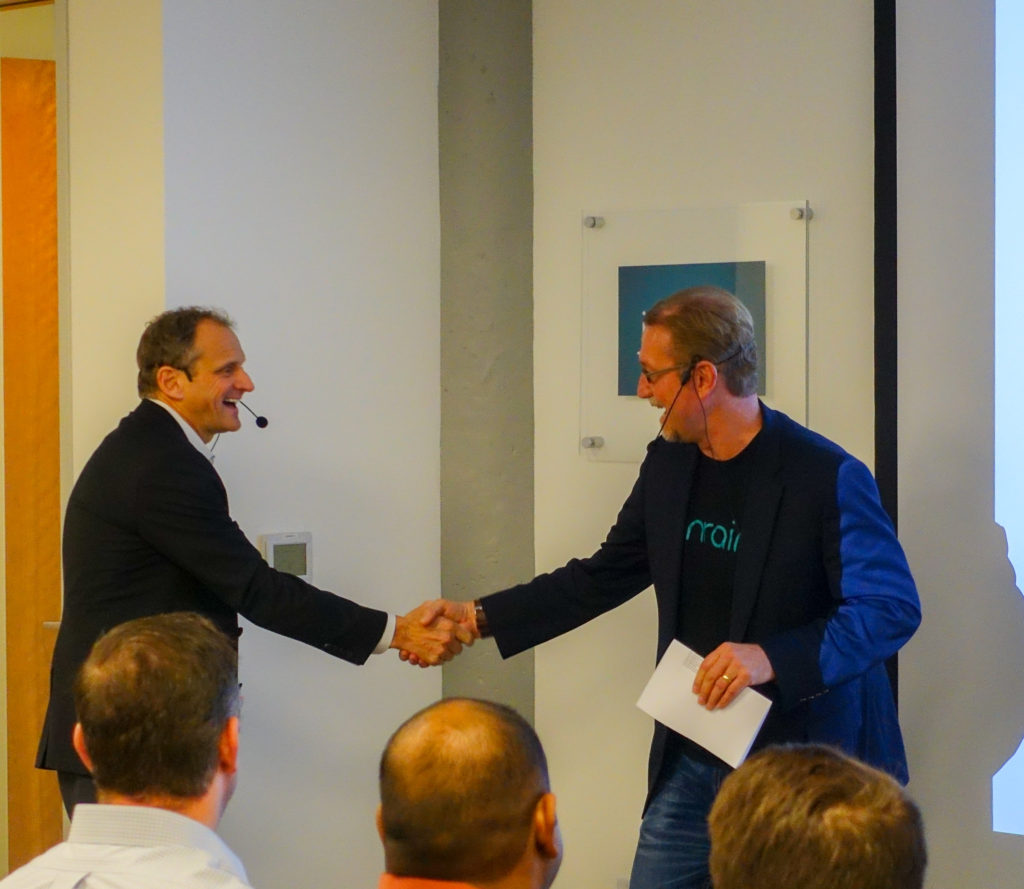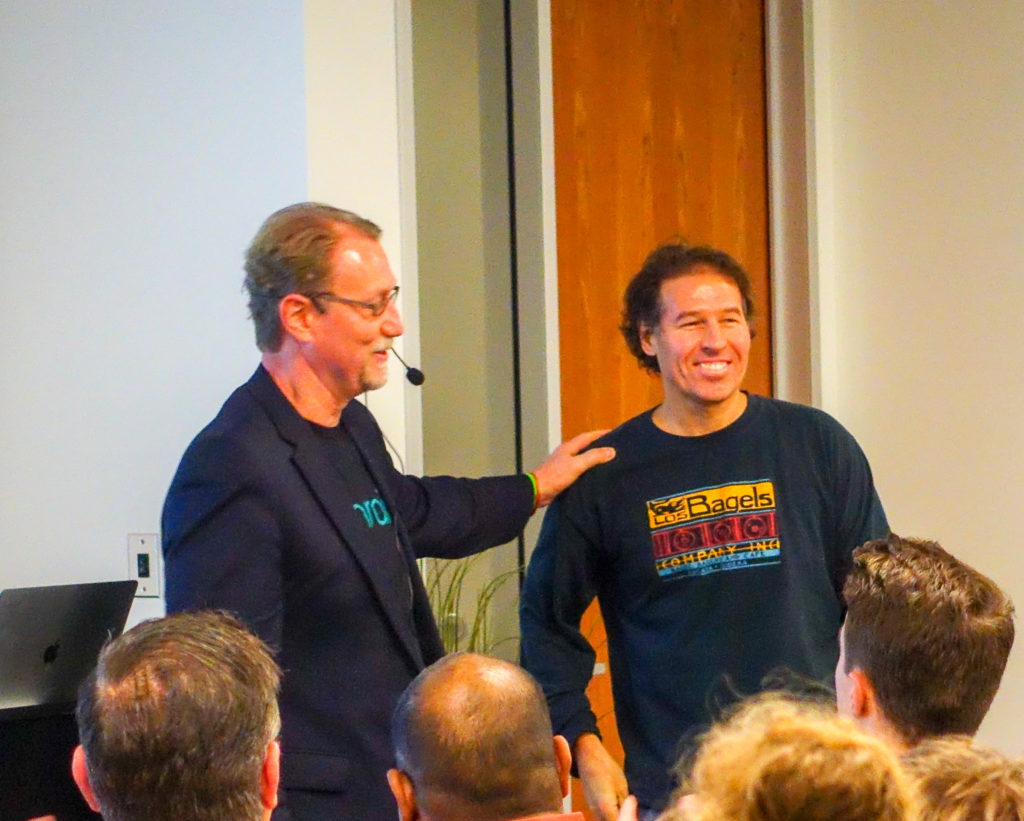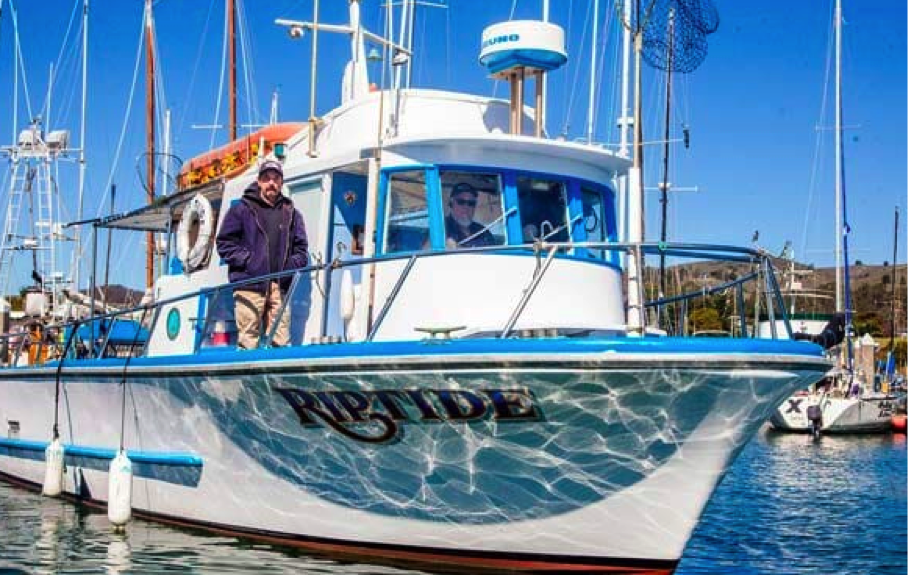When do you achieve breakeven?
4Q18 was a very busy time for us. We were supposed to be gearing up for our 2019 strategic planning and budgeting exercise, readying ourselves for a year of partner investments (which meant filling out our partner team), and getting to our sustainable break even status. But most of that plan was interrupted when Akamai decided it was time to move from their partnership status to acquisition status.
Balance between Growth and Profitability (Qtr 11 out of 11)
“When should we target achieving break-even?” was one of several questions I discussed with our lead investor, HighBar Partners, in 1Q16 – before I jumped in and led Janrain. Why was I asking about cash-flow breakeven (which would ultimately lead to profitability) so early in our adventure? It’s because it helped me construct a 5year strategy. I advised the partnership that my best guess based on outside advisory firm, ITR Economics, and their forecast that we were going to hit a recession in 2019. Based on this, we either wanted to achieve breakeven by end of 2018, or take on additional capital….either way, we would be in a great position to weather the 2019 storm and come out in 2020 with our guns blazing.
The decision on whether we achieved profitability or took on additional capital would depend on our growth targets. It was going to be high growth or profitability. If we were wildly successful, we could achieve both simultaneously. But we couldn’t plan for both. So my recommendation was to establish a strategy and plan to achieve profitability, and if we wanted to change that later, we could.
Why plan for this so far in advance? Well, it forced us to target a 4Q18 breath even (BE) and work backwards. Between the CFO and I, we gave ourselves 6 months of slack, by architecting the BE by 2Q18 allowing for two quarters of slippage. Then our annual plans had built-in slack, as well, that gave us the ability to miss targets by a margin, but still achieve our goal.
That, in turn, drove so many other assumptions over the three years from 2016 to the end of 2018 in terms of how the “From” -> “To” needed to look like across the business year over year. Driving metrics like our CAC of $6.32 to $1.10. Or our LTV:CAC of 1.46 to 6.86. These were achieved because we set annual targets that improved year over year, and we planned ahead with playbooks we’d apply to affect the change needed to achieve the performance.
When do you trade growth for profitability is a strategic discussion at the Board level. How you accomplish it is a lot of “math” at first, then translated into a lot of trial and error.
4Q18 Playbooks
We still had a few playbooks up our sleeves, with a focus on key Akamai + Janrain differentiators (knowing that we were about to launch the most sophisticated zero trust security solution for consumer digital identities):
- Top 3 Issue Processing
- Sales Steady State
- HR Linkedin Learning
- 4Q Budget Asks
- Product Intake & Prioritization Process Review
- Policy Management & Upstream/Downstream Consent Enforcement
- Adaptive, Risk-Based Authentication
- Data Integration Framework
- Progressive Registration / Profiling
- Product Positioning Discussion / Workshop
- Product Roadmap Strategy
- Competitive Positioning Exercise (Post CI Session)
- 2019 Pricing Strategy
- Q4 Objectives
- Senior Team 360
Our QBR Guest – Competitive Intelligence (CI)
We brought in Heath Gross, former US counterintelligence agent turned competitive intelligence strategist and CEO of the Sedulo Group (a leading Competitive Intelligence consultancy). The team was struggling to properly operationalize the collection, processing, and dissemination of competitive intelligence in the company. We felt it was a great bonus area for sales, marketing, and product management. Topics we covered included:
- Defining the Future State: Senior Team Survey Results & Learnings, Brief Overview of Competitive Intelligence, Understanding the Intelligence Cycle, CI Best Practices
- Current to Future State Roundtable: Self-Assessment, Information Silos, Seeing Around Corners, Gap Analysis of current state against best practices and desired future state.
- Practical Application: ‘Key strategic question you need to answer for the company to drive competitive advantage’, ‘If You Could Know Anything?’
- Planning and Direction: How to delegate and create a virtual CIA; the scope; timeline; sources.
- Research and Collection: Ethics, Active vs Passive, Crowdsource, Vetting, Rating Intelligence Findings
- Processing & Annotation: Repository & Tagging
- Analysis and Production: Audience & Impact
- Distribution & Socialization: Tools to get into the team’s hands.
Top 3 Issues
- Closing out the year, above plan: We closed this quarter above plan on all metrics – the top three being first-year bookings, net dollar retention rate, and net cash burn.
- Managing your own M&A process: The number of due diligence items doubled over the course of the quarter. That just begins to summarize it.
- Doing the two above and maintaining our sanity: Putting two companies together is no small feat. Few buyers understand the burden it places on a team when you’re being asked to work a day and night job.
4Q18 was really about two companies coming together
As 4Q18 finished, the company entered a new chapter, now part of Akamai Technologies. Above: Rick McConnell and I celebrated as we formally announced the merger at an all-hands in Janrain’s headquarters in Portland.
Above: Not to mention we recognized the founder, Larry, and his vision/leadership which gave us the opportunity for such an incredible ride and amazing outcome.
The Team
I have to finish by noting that as part of our 4Q18 QBR, the team took to Whale Watching on the Riptide. It was great for most of the team (and not so great for those who didn’t listen to my recommendation regarding motion sickness drugs).
Summary of quarters:
2Q16: Supercharging Your Leadership Team (Qtr 1 out of 11)
3Q16: Investing in Profitable Revenue (Qtr 2 out of 11)
4Q16: Making a Business “Repeatable” (Qtr 3 out of 11)
1Q17: The “aaS” Delivery Model (Qtr 4 out of 11)
2Q17: Compliance in the Cloud (Qtr 5 out of 11)
3Q17: Analytics in the Cloud (Qtr 6 out of 11)
4Q17: IoT affects All – Even Identity (Qtr 7 out of 11)
1Q18: Organizational Strategy (Qtr 8 out of 11)
2Q18: Extension Teams (Qtr 9 out of 11)







